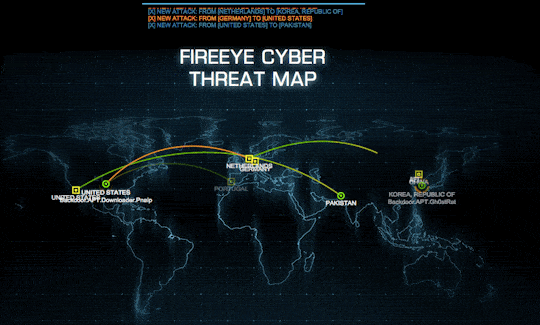Shamoon disk-wiping attackers can now destroy virtual desktops too

There's a new variant of the Shamoon disk-wiping malware that was originally unleashed on Saudi Arabia's state-owned oil company in 2012, and it has a newly added ability to destroy virtual desktops, researchers said.
The new strain is at least the second Shamoon variant to be discovered since late November, when researchers detected the return of disk-wiping malware after taking a more than four-year hiatus. The variant was almost identical to the original one except for the image that was left behind on sabotaged computers. Whereas the old one showed a burning American flag, the new one displayed the iconic photo of the body of Alan Kurdi, the three-year-old Syrian refugee boy who drowned as his family tried to cross from Turkey to Greece. Like the original Shamoon, which permanently destroyed data on more than 30,000 work stations belonging to Saudi Aramco, the updates also hit one or more Saudi targets that researchers have yet to name.
According to a blog post published Monday night 9th January by researchers from Palo Alto Networks, the latest variant has been updated to include legitimate credentials to access virtual systems, which have emerged as a key protection against Shamoon and other types of disk-wiping malware. The actor involved in this attack could use these credentials to manually log into so-called virtual management infrastructure management systems to attack virtual desktop products from Huawei, which can protect against destructive malware through its ability to load snapshots of wiped systems.
"The fact that the Shamoon attackers had these usernames and passwords may suggest that they intended on gaining access to these technologies at the targeted organisation to increase the impact of their destructive attack," the Palo Alto Networks researchers wrote. "If true, this is a major development and organisations should consider adding additional safeguards in protecting the credentials related to their VDI deployment."
Several of the usernames and passwords are included in official documentation as administrator accounts for Huawei’s virtualized desktop products, such as FusionCloud. The researchers still aren't sure if Shamoon attackers obtained the credentials from an earlier attack on the targeted network or included the default usernames and passwords in an attempt to guess the login credentials to the VDI infrastructure.
In addition to the virtualization-defeating update, the variant found by Palo Alto Networks also contained hardcoded Windows domain account credentials that were specific to the newly targeted organisation. The credentials met Windows password complexity requirements, a finding that suggests the attackers obtained the credentials through a previous breach. Like the previous Shamoon variant, the new one spread throughout a local network by "logging in using legitimate domain account credentials, copying itself to the system and creating a scheduled task that executes the copied payload."
The Shamoon update was set to begin overwriting systems on November 29, 2016 at 1:30am. The timing aligns with previous Shamoon strains, which attempted to maximize their destructive impact by striking when the targeted organisation would have fewer personnel and resources available on site.






















